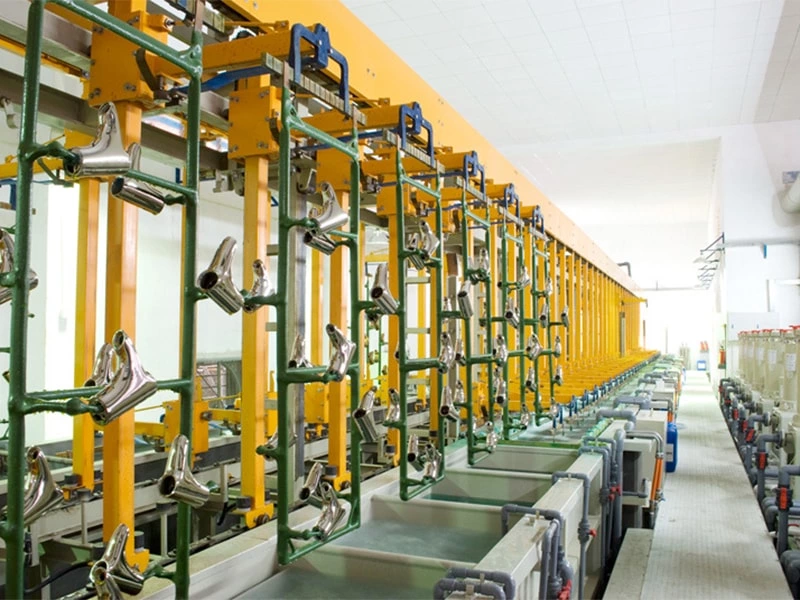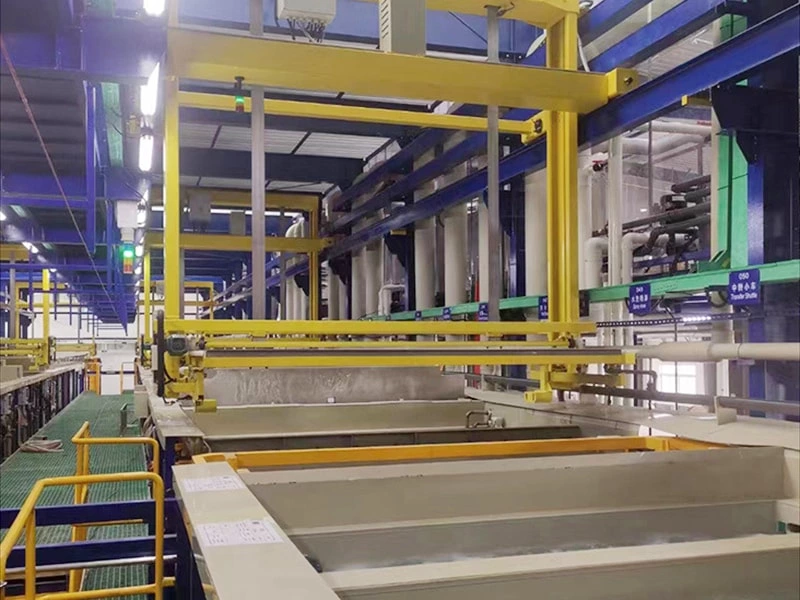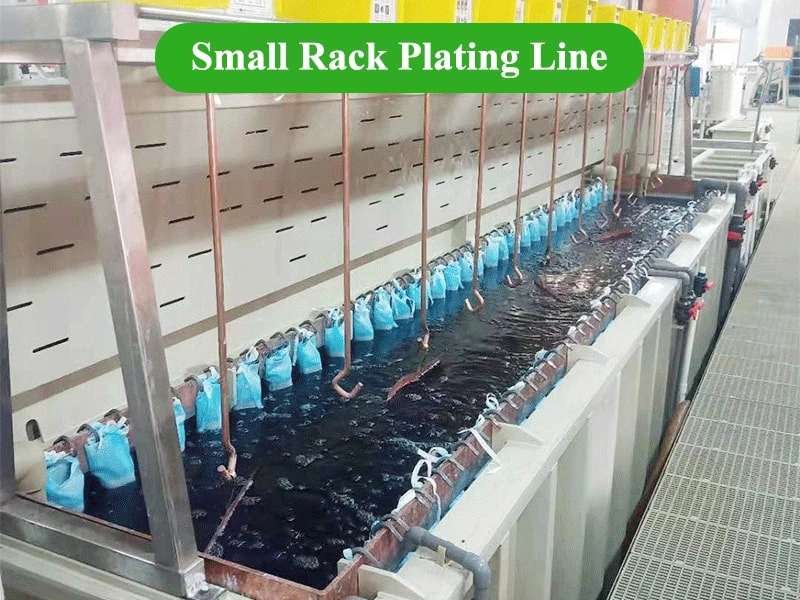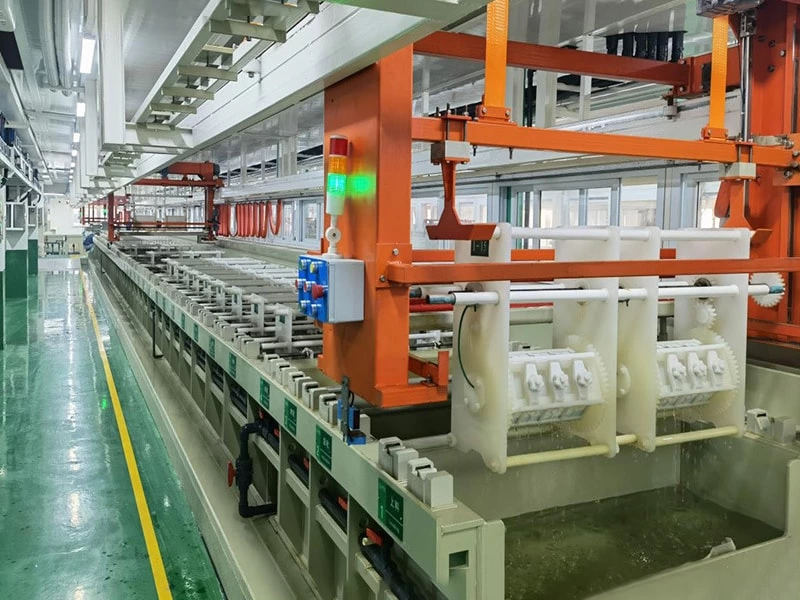What Are The Factors Affecting Electroplating Process?
Have you ignored the importance of space factors in electroplating process management?
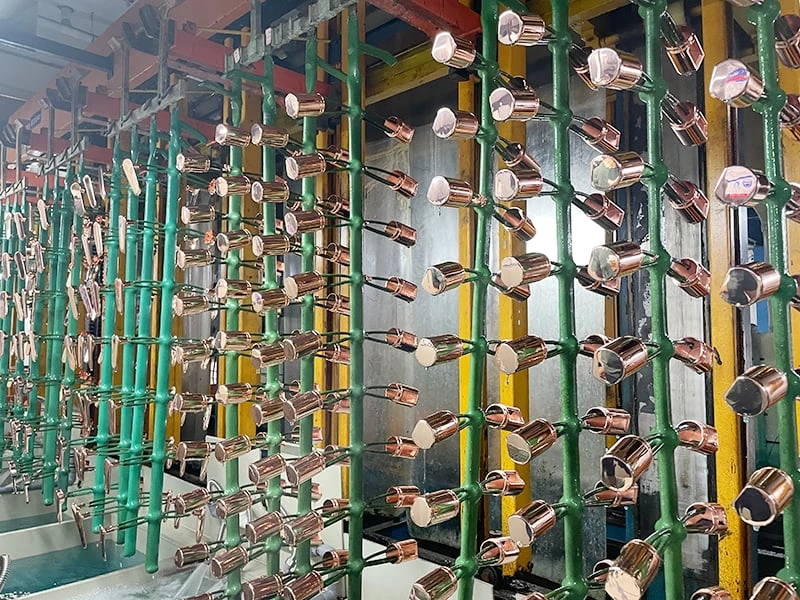
Various spatial elements related to the electroplating process, including the shape of the plating tank, the shape of the anode, the shape of the rack, the shape of the cathode, the distribution of the parts in the plating tank, the distance between the cathode and the anode, etc.
All these factors have a certain impact on the electrode process. If not handled properly, some factors will also cause serious harm to the quality of electroplating.
①Plating Tank
It is where the electroplating process takes place. On the surface, the size and shape of the plating tank are innate factors that determine the distribution of electrodes and products in the cell. However, in many cases, the size and shape of the plating tank cell should be determined based on the size and shape of the product.
At present, the shape of plating tank is basically rectangular, that is, a tank body is determined by the three dimensions of length, width and height. Once the tank body is determined, all parameters are determined.
②Electrode
It includes the anode and the electroplating rack as the cathode. Their shape and size can also be summarized as a cube. The geometric factors of the electrode also include the relative positions of the anode and cathode, as well as the structure of the rack and the distribution of electroplating products on the rack. Anodes, especially anodes with anode baskets and racks, are relatively certain for a plating type or product.
③Electroplating Products
It is a part of the cathode. For electroplating, the geometric shape of the product is uncertain and is the geometric factor with the largest variation. For electrolytic metallurgy and electrolytic refining, the product, that is, the cathode is always made into a flat plate like the anode.
When the cathode and anode form parallel flat plates, it can be considered that the current density distribution on the cathode is close to the ideal state, that is, the current density of each part is equal.

